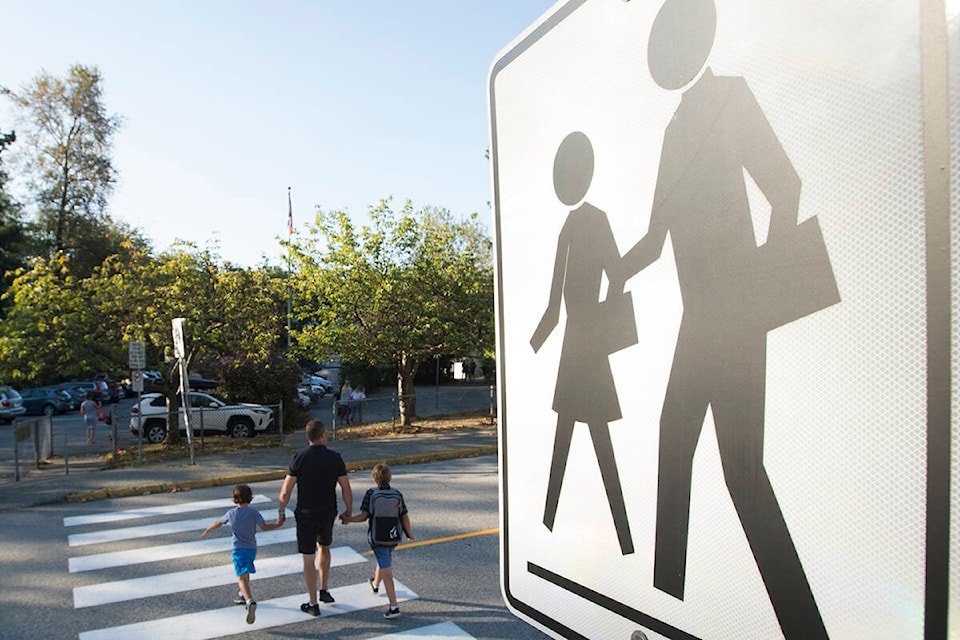The B.C. Teachers’ Federation is asking the province for more clarity on how different school exposure events are classified and for contact tracing to be sped up.
In a Monday (Oct. 25) afternoon press release, the BCTF outlined a series of issues, some new and some oft-repeated, about how the province handles COVID exposures in schools.
The union said that its members have noticed “significant inconsistencies” in how outbreaks, clusters and exposures are classified.
Currently, school exposures are found on each health authority’s website. Outbreaks and clusters are not listed, only exposures or potential exposure events. In the fall of 2020, Fraser Health did have a definition of the three types of events; an “exposure event” was defined on the health authority’s website as “a single person with lab-confirmed COVID-19 infection who attended school during their infectious period;” a “cluster event” had two or more people infected and “outbreak events” involved widespread infection and transmission in schools.
A Fraser Health presentation from the spring of this year defines a “confirmed cluster” as “at least one in-school transmission event (possible or likely) in a 14-day period.” while a “declared outbreak” is a “cluster with evidence of ongoing transmission in multiple classrooms/admin areas.”
However, that definition is not currently on Fraser Health’s school exposures website nor on the webpages where the exposures are listed for any other health authorities.
The B.C. Centre for Disease Control does define a cluster as when there are “several cases in a school within a two-week period. Public health thinks people may have been infected at school;” while an outbreak as when a cluster leads requires “significant actions… to stop COVID-19 from spreading in the school. Public health may take extraordinary measures, like closing the school for a period of time.”
“It’s unacceptable that, over a year-and-a-half into this pandemic, there is still no province-wide consistency in how exposures and clusters in schools are defined and reported,” said union [resident Teri Mooring. “Parents and teachers look to their school district and local health authority for information about what’s happening in their schools, and it has become very clear that the information provided and the communication to school communities is not painting an accurate picture. Trust in the system has been broken.”
The BCTF also called for a faster notification process for notifying people who may have been exposed. A recent union survey found that 71 per cent of teachers said they’re not receiving enough information about COVID cases in their schools and districts.
The union called on the province to reduce contract tracing delays, particularly in Northern Health, which has seen a recent spike in COVID cases. The BCTF said that many teachers are first finding out about COVID exposures and cases through communities, rather than hearing it from public health. The union is calling for school exposures to be sent out to the whole school community instead of simply being posted online.
The province has always maintained that individuals identified via contact tracing are reached out to directly.
Black Press Media has reached out to the province for more information.
READ MORE: B.C. teachers, parents want data on COVID-19 in schools to be publicly available
